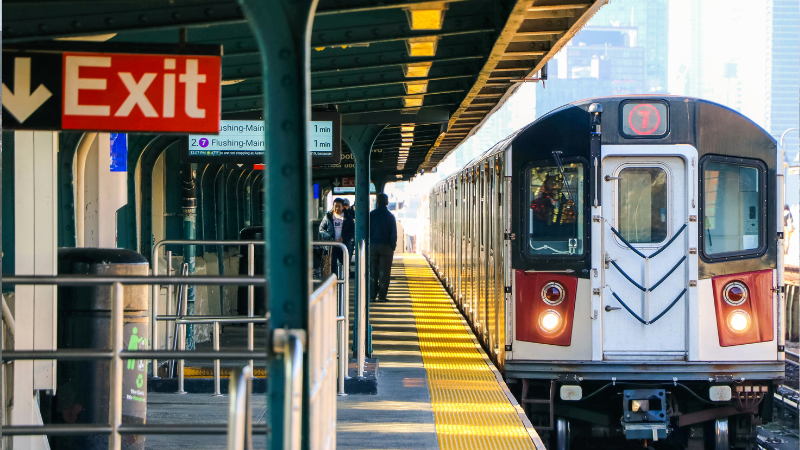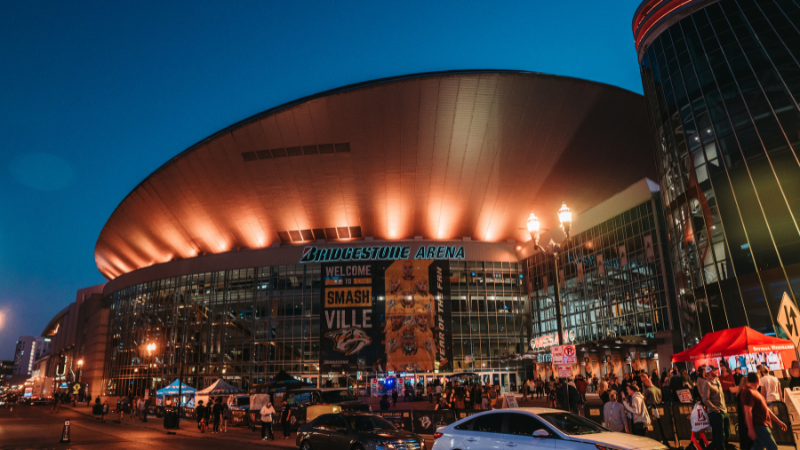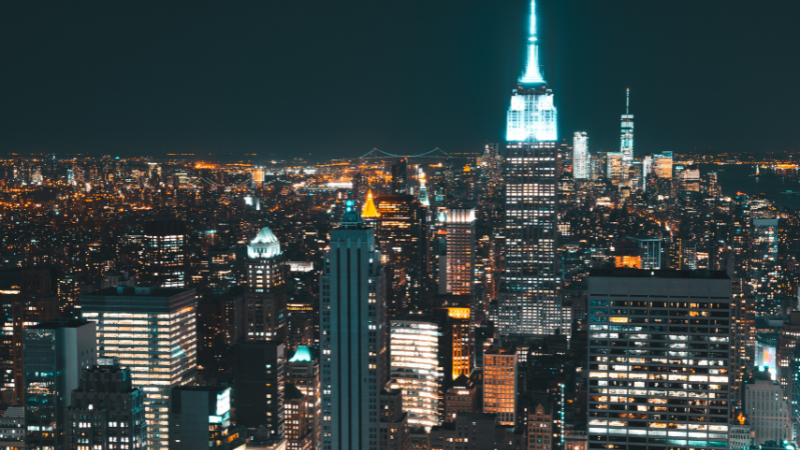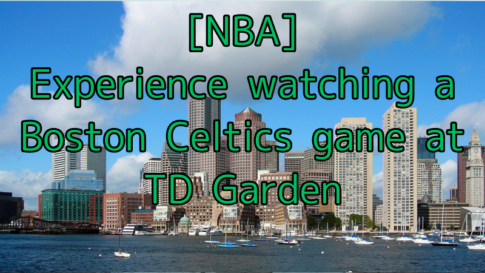Attending a New York Knicks game at Madison Square Garden was a dream come true, immersing me in the heart of NBA action amidst the iconic backdrop of one of basketball’s most legendary arenas.
How to get to Madison Square Garden

For those traveling by car, there are parking options available nearby, including several parking garages and lots within walking distance of the arena.
However, given the heavy traffic and limited parking availability in the area, public transportation is often the preferred method of travel.
The most convenient way to reach Madison Square Garden is by using the New York City subway system.
The arena is served by several subway lines, including the 1, 2, 3, A, C, E, and 7 trains, which stop at the nearby Penn Station. From Penn Station, it’s just a short walk through the underground concourse to reach the arena.
Additionally, the Long Island Rail Road (LIRR) and New Jersey Transit (NJ Transit) both have stations at Penn Station, providing easy access for commuters coming from Long Island and New Jersey, respectively.
For those coming from other parts of Manhattan or surrounding areas, buses operated by the Metropolitan Transportation Authority (MTA) also stop near Madison Square Garden, offering another convenient option for transportation.
Furthermore, Madison Square Garden is located within walking distance of many hotels, restaurants, and attractions in Midtown Manhattan, making it easy to incorporate a visit to the arena into a day or evening of exploring the city.

Clear signage and helpful staff are available to guide attendees to the appropriate entrances, ensuring a smooth and hassle-free access experience for all.
More information about Madison Square Garden


Madison Square Garden, often referred to as “The Garden,” stands as one of the most iconic sports and entertainment venues in the world, located in Midtown Manhattan, New York City.
Originally opened in 1968, the arena has undergone several renovations and upgrades over the years to maintain its status as a premier destination for live events.
With a seating capacity of approximately 19,812 for basketball games and 20,789 for concerts, Madison Square Garden offers a dynamic and immersive experience for spectators.
The arena features multiple levels of seating, including luxury suites, club seats, and general admission areas, providing options for fans of all preferences and budgets.
Home to the New York Knicks of the NBA and the New York Rangers of the NHL, Madison Square Garden has a storied history as the site of countless memorable sports moments, including championship victories, record-breaking performances, and legendary matchups.
Beyond sports, the arena hosts a diverse range of events, including concerts, family shows, award ceremonies, and cultural performances, making it a hub of entertainment for New Yorkers and visitors alike.
Madison Square Garden is renowned for its state-of-the-art facilities and amenities, including high-definition video displays, premium sound systems, and spacious concourses.
The arena’s central location in Midtown Manhattan makes it easily accessible via public transportation, with nearby subway stations and bus stops providing convenient access for attendees from across the city and beyond.
Furthermore, Madison Square Garden is surrounded by a vibrant neighborhood filled with hotels, restaurants, bars, and attractions, allowing visitors to enjoy a full day or evening of entertainment before or after events at the arena.

With its rich history, world-class facilities, and prime location, Madison Square Garden remains an iconic symbol of New York City’s cultural heritage and a must-visit destination for sports and entertainment enthusiasts worldwide.
Madison Square Garden History


Madison Square Garden (MSG) boasts a rich and storied history that spans over a century, cementing its status as an iconic landmark in the heart of New York City.
The original Madison Square Garden, located at Madison Square Park, was built in 1879 and served as a venue for a variety of events, including boxing matches, circus performances, and political rallies.
In 1925, the second iteration of Madison Square Garden was constructed at Eighth Avenue and 50th Street, featuring a grand arena with a seating capacity of over 18,000.
This venue became synonymous with some of the most significant events of the era, including heavyweight boxing matches and the annual National Horse Show.
However, the need for a larger and more modern facility led to the construction of the current Madison Square Garden, which opened its doors in 1968 at its current location atop Pennsylvania Station.
The new MSG was designed by renowned architect Charles Luckman and featured state-of-the-art amenities, including a rotating circular arena floor and a distinctive cylindrical shape.
Since its opening, Madison Square Garden has been the site of countless historic moments in sports, entertainment, and culture.
It has hosted numerous NBA Finals, Stanley Cup Finals, and NCAA basketball tournaments, as well as iconic concerts by legendary artists such as Elvis Presley, The Beatles, and Led Zeppelin.
The arena’s association with the New York Knicks of the NBA and the New York Rangers of the NHL has further solidified its place in sports history.
Madison Square Garden has witnessed championship victories, record-breaking performances, and unforgettable rivalries, earning its reputation as “The World’s Most Famous Arena.”
Throughout the years, Madison Square Garden has undergone several renovations and upgrades to enhance the fan experience and maintain its status as a premier entertainment venue.
From the addition of luxury suites and high-definition video screens to the installation of cutting-edge sound systems and amenities, MSG continues to evolve while preserving its rich heritage.

Today, Madison Square Garden remains an enduring symbol of New York City’s cultural vibrancy and serves as a beacon of entertainment excellence, captivating audiences with its legendary legacy and timeless allure.


Accessing Madison Square Garden is convenient and straightforward, thanks to its prime location in the heart of Manhattan, New York City.